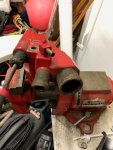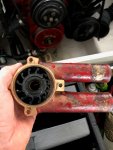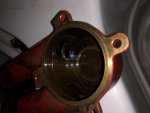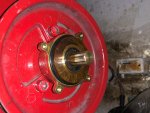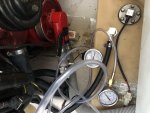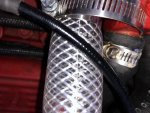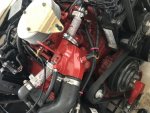Rick Russell
Seaman Apprentice
- Joined
- Aug 6, 2011
- Messages
- 32
Installed new GLM manifold and risers and the risers are running at 130 F at idle while the engine temp sensor indicates that the engine temp is maintaining 155 F. I'm getting these readings using an IR gun.
These riser temps seem a bit high to me for a boat at idle. What should the temps of the risers typically be at various speeds?
I've always heard. " cool to the touch", which to me means about 115 F. I could not find any reference to temperatures in my shop manual.
I've also pulled 15" of vacuum through the raw water pump system to check for air bubbles and I am not getting any leaks on the negative side of the raw water system while the boat is in the water at the dock.
I also connected the starboard exhaust manifold/riser directly to a garden hose and got it down to 90 F on the starboard side and the port side came down to 115 F, just from using the remaining boat cooling system after I plugged the outlet on the T-stat housing that was serving the starboard manifold . The engine was still at 155F.
I've ordered the parts for the clear hose test that I've read about to check pressures and a possible head gasket leak, but won't get the parts for a week or so since COVID 19 has slowed everything down.
If you guys can give me your thoughts on what Volvo Penta says the riser temperatures should be, that would be most appreciated.
Be safe out there fellas!
I have a 2004 Volvo Penta 5.7L Gi-E with an SX M Outdrive
Last edited:





















